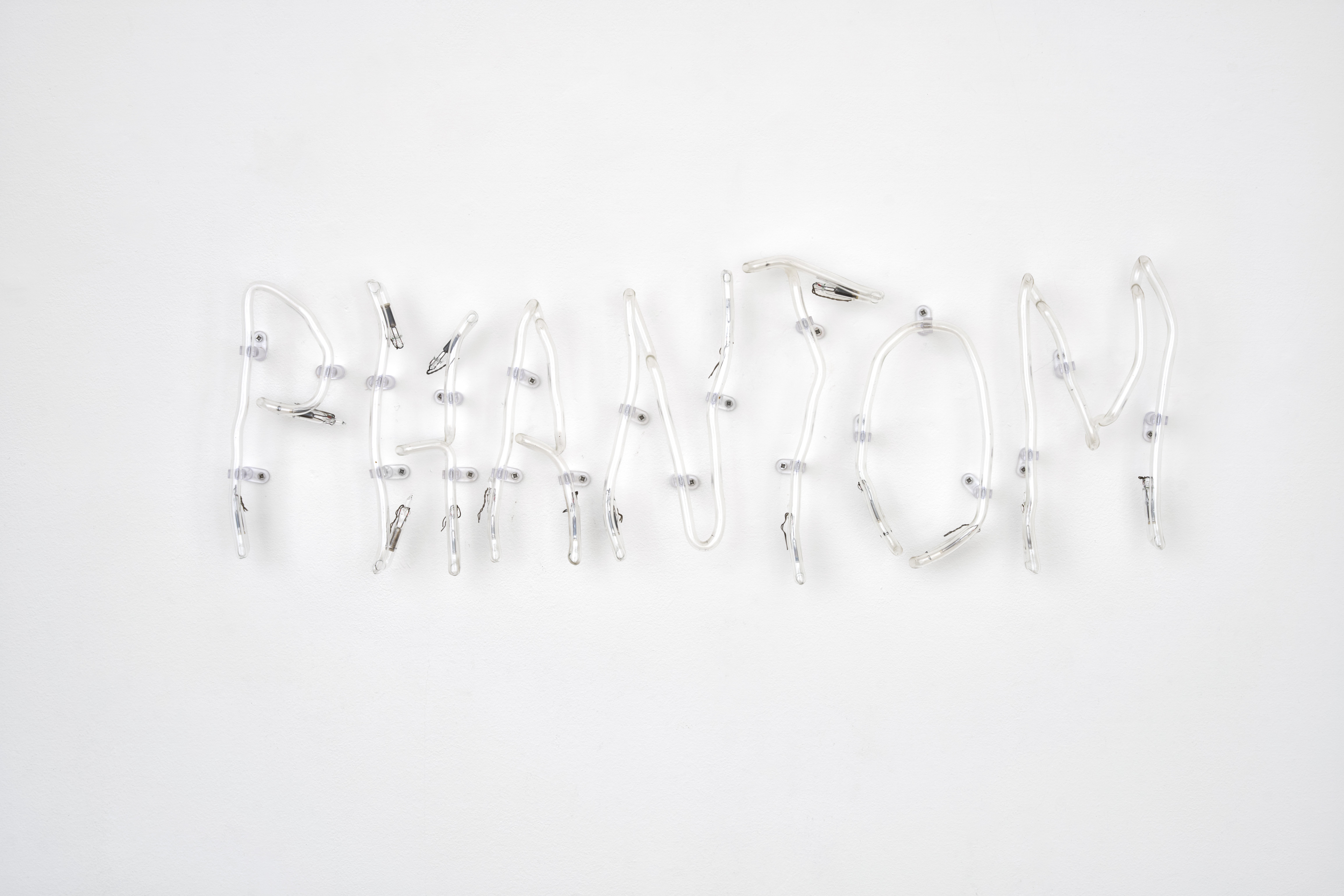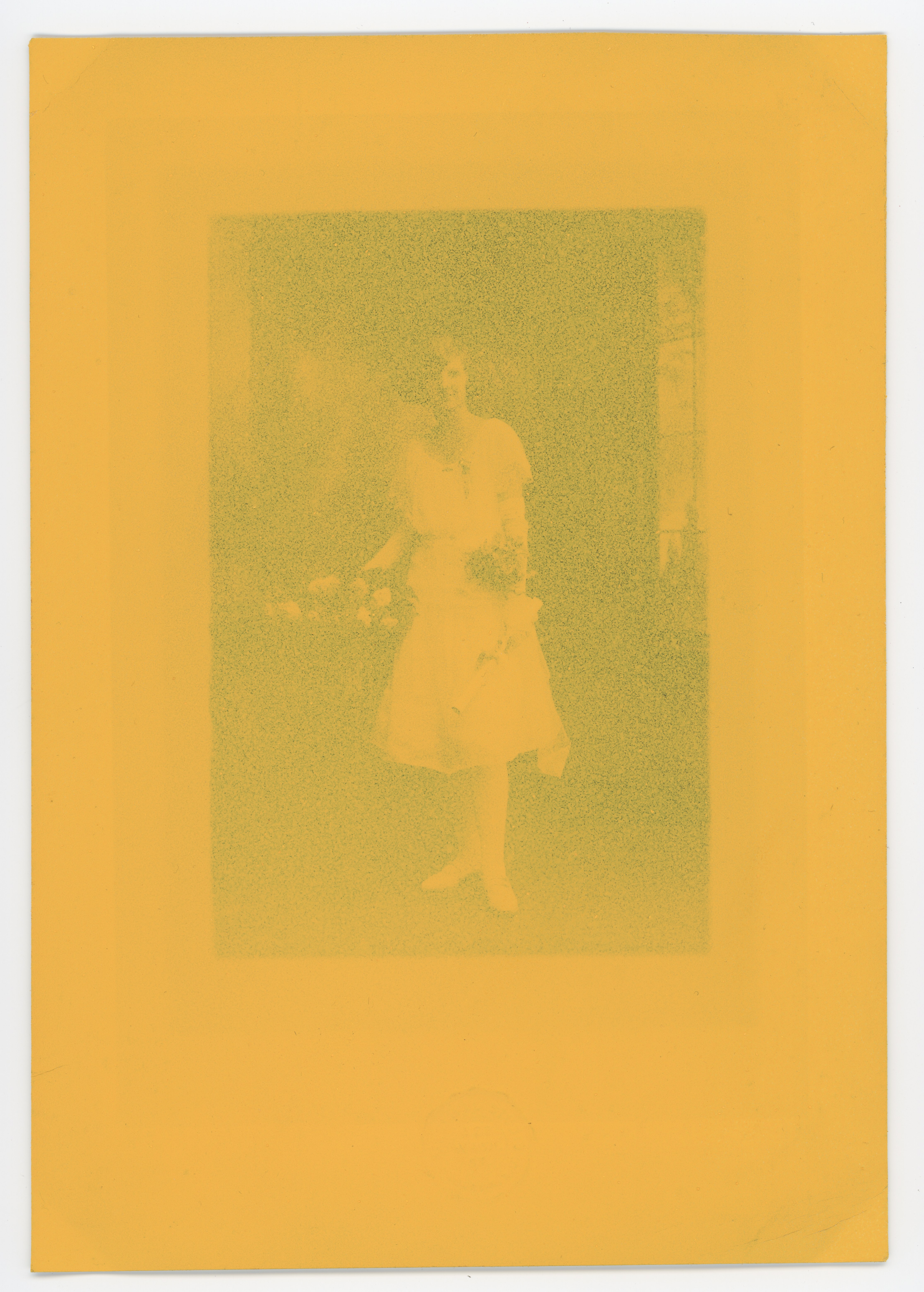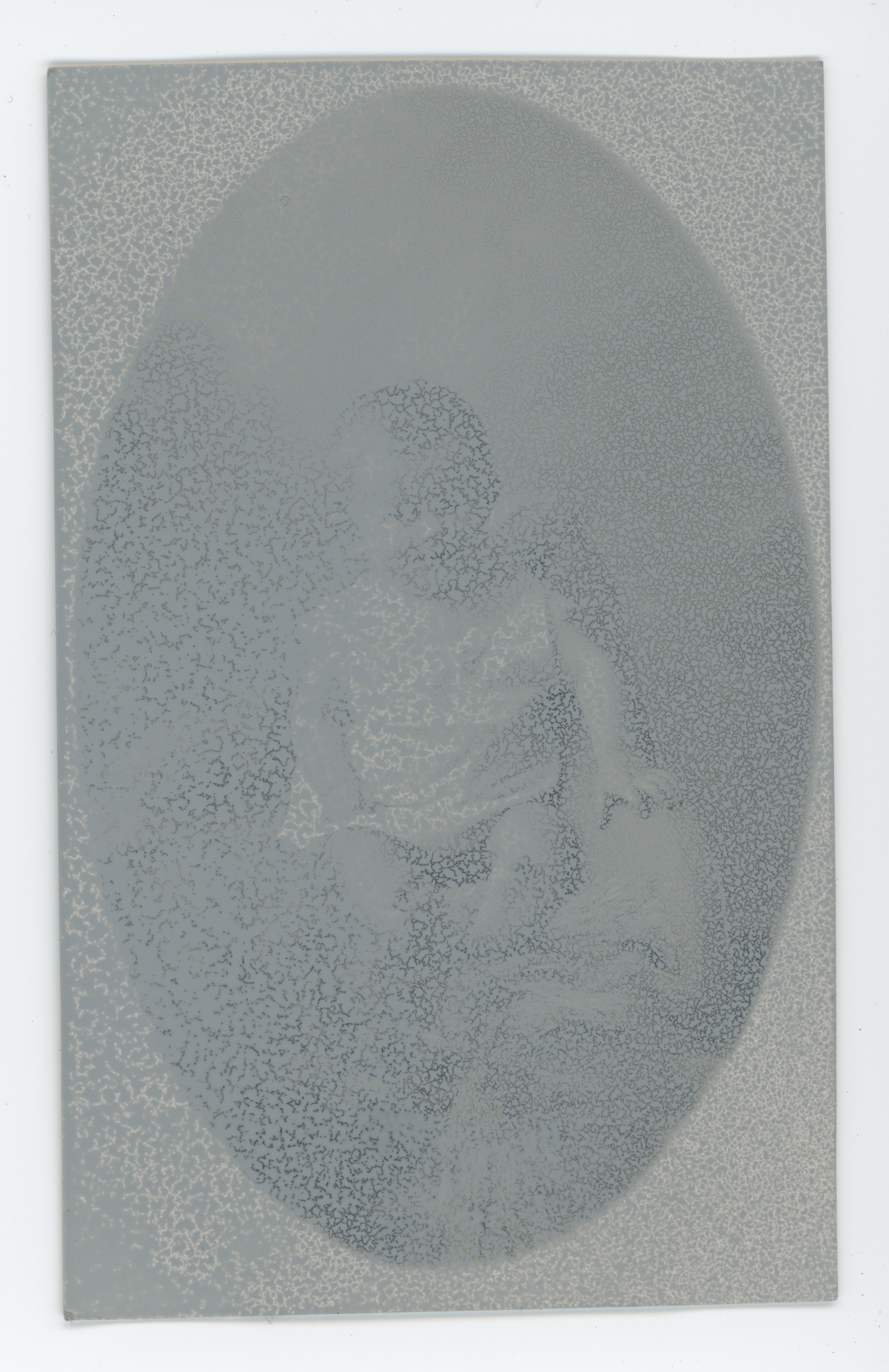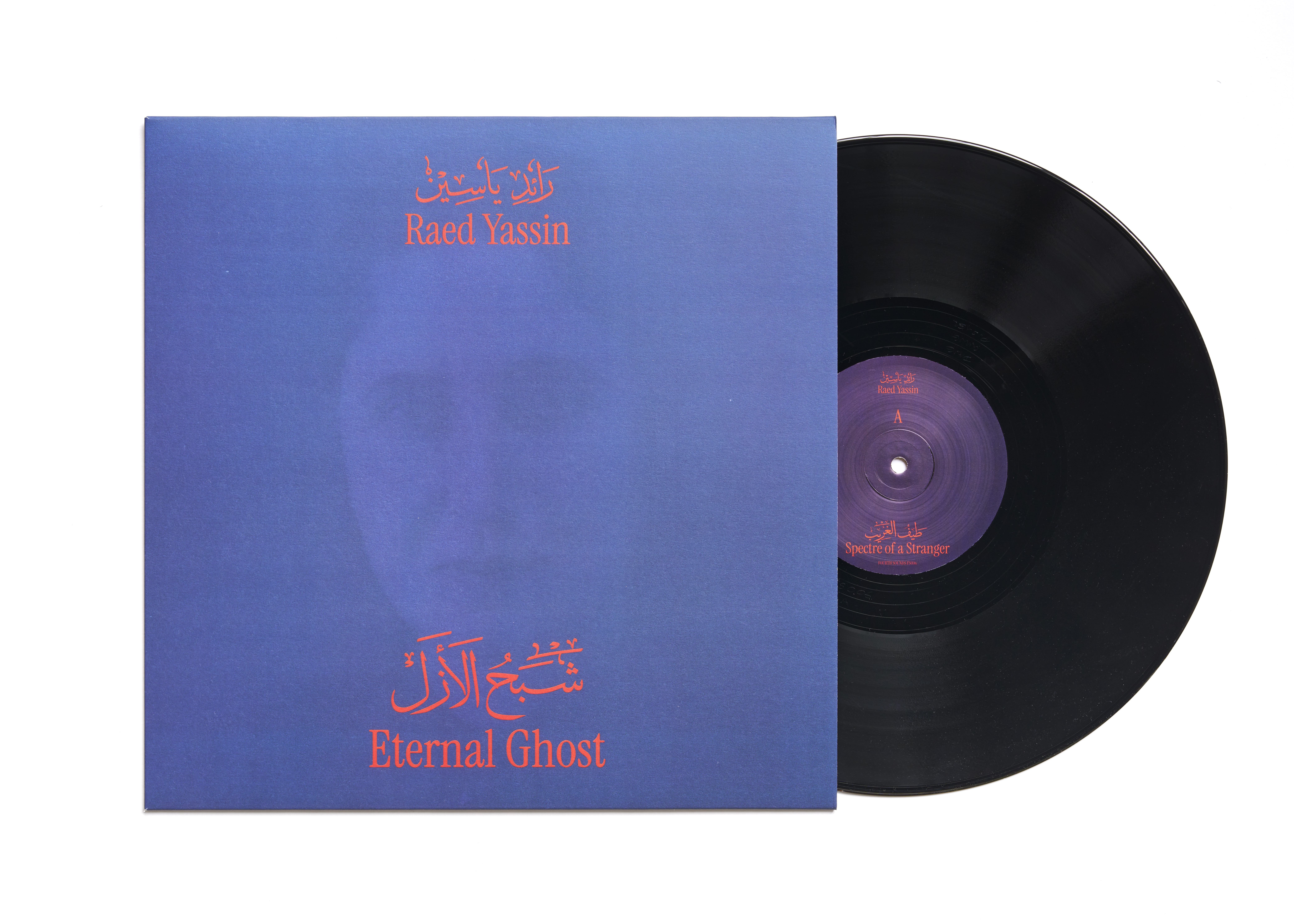What happens to identity when home no longer exists, or when the conditions of belonging are continually compromised? In Eternal Ghost, Beirut-born, Berlin-based artist Raed Yassin’s solo exhibition at Cedric Bardawil in London, Yassin poses these questions in a meticulous, affective investigation into the mechanics of memory and erasure through sound, image, and ritual, presenting a conceptual framework for understanding the long and lasting shadows cast by civil conflict, forced displacement, and the unresolved past. Walking into the exhibition space overlooking Old Compton Street in Soho, the space is anchored by a low-frequency audio work composed by Yassin. The noise filtering in from the Soho street below is slowly filtered out from Yassin’s soundscape – part chant, part siren – creating an insistent sonic register. “It’s a voice saying, ‘I am the stranger, I am the specter of a stranger,’” Yassin explains. This voice loops endlessly, and mirrors the persistent conditions of exile; unresolved, and marked by an relentless and disquieting intimacy.

Born in Beirut in 1979, Yassin’s early life was marked by the war, including the assassination of his father; a formative absence that recurs throughout his artistic practice. The Lebanese Civil War (1975-1990) was a brutal and fragmented conflict, shaped not only by sectarian divisions but by Cold War geopolitics and foreign interventions, and provides the historical substrate for Yassin’s work. But Eternal Ghost does not attempt a direct representation of war. Instead, it engages with what lingers after the violence and brutality has ended, and in turn is replaced by the psychological dislocation, the cultural residue, and as presented in Eternal Ghosts, the spectral archive.
The visual core of the exhibition is composed of altered family photographs in an on-going series titled The Company of Silver Spectres that Yassin began in 2015. The found images are sourced from flea markets, and framed but varying in scale, and line the exhibition walls in a uniform arrangement. Yassin's intervention is his overpainting of them with fluorescent acrylic sprays in radioactive hues of bright reds, pinks, blues, and greens. At times, the photographs cannot hold the acrylic spray and begin to disintegrate under its weight. “Some get ruined. They’re gone,” Yassin notes. “This act of erasure became like a ritual. A way to bring back the dead.”

These images are not documents of Yassin’s personal memory. Instead, they represent an attempt to grasp at something of the past. In the wake of a life that has been compromised and fractured, the act becomes one of appropriation and, ultimately, transformation. The work recalls what theorist Ariella Azoulay calls a “civil labour of photography”; a reframing of photographs not as passive records but as active, unfinished sites of political and emotional labour.
This ritualistic engagement challenges conventional notions of the archive. It brings into focus the limits of preservation and the role of destruction as a form of remembrance. At the same time, it situates the work within a larger discourse on diasporic identity, and how fractured histories and broken lineages are negotiated, not only through memory, but through material loss. Yassin’s process is intensely material and deliberately destructive. The photographs are not scanned or reproduced. They are physically altered, often to the point of partial or complete erasure.

Though rooted in Yassin’s own biographical and national context, Eternal Ghost speaks to a more diffuse condition of postcolonial and post-conflict displacement. The photographs do not bear names or captions. Their anonymity serves not to dehumanise but to universalise, allowing the viewer to encounter them as metonyms for other lost lives – Palestinian, Syrian, Armenian, Sudanese – all caught in the machinery of modern nation-building, exile, and archival silence, and whose erasure nonetheless structures our collective history.
Photography is often understood as a medium associated with death and a record of what has been. Yet Yassin’s approach diverges by making the photographic image not merely a sign of absence. He fractures time: fusing personal grief with collective memory. What remains is not a narrative, but a presence that is at once spectral, partial, and unresolved. In doing so, Eternal Ghost asks whether we can reconstruct identity without coherent lineage, and it gestures toward what might follow erasure, which might not be silence, but potential. As with the unlit neon sign spelling out PHANTOM (2023), which hangs on one of the walls, its tube seemingly empty, yet filled with gas particles in constant motion, suspended in a state of potential and always ready to transform into light. In a world where displacement is increasingly common and archives are routinely contested or erased, Eternal Ghost presents an alternative mode of witness. Not a reconstruction of what was lost, but an invitation to inhabit what remains.

—
Click here to listen to Raed Yassin’s Eternal Ghost LP.
Raed Yassin (born 1979, Beirut) lives and works in Berlin. He graduated from the Theatre Department of the Institute of Fine Arts in Beirut in 2003, and in 2015 he was awarded a research fellowship at the Akademie der Künste der Welt in Cologne.
Sofia Hallström is a writer based in London.




